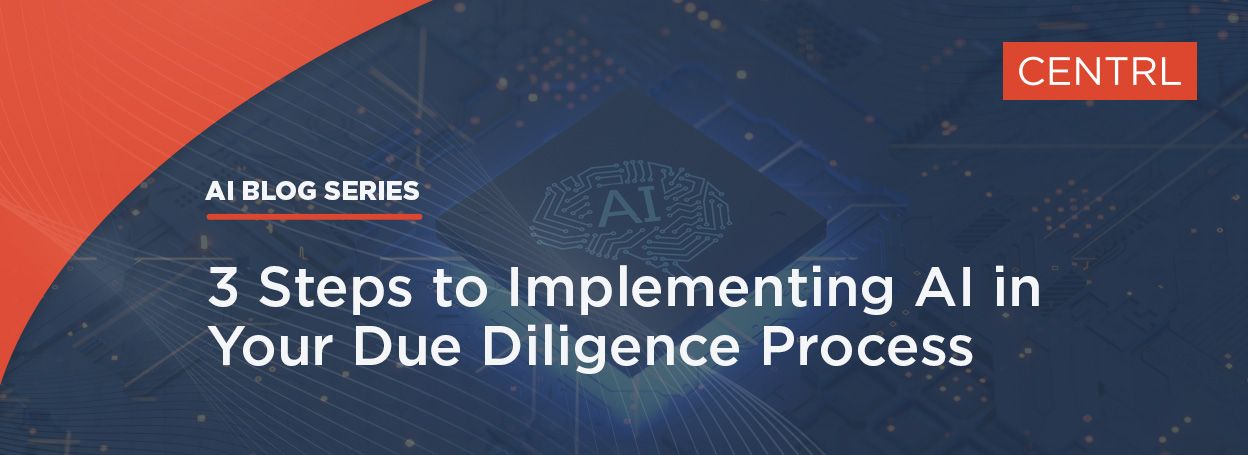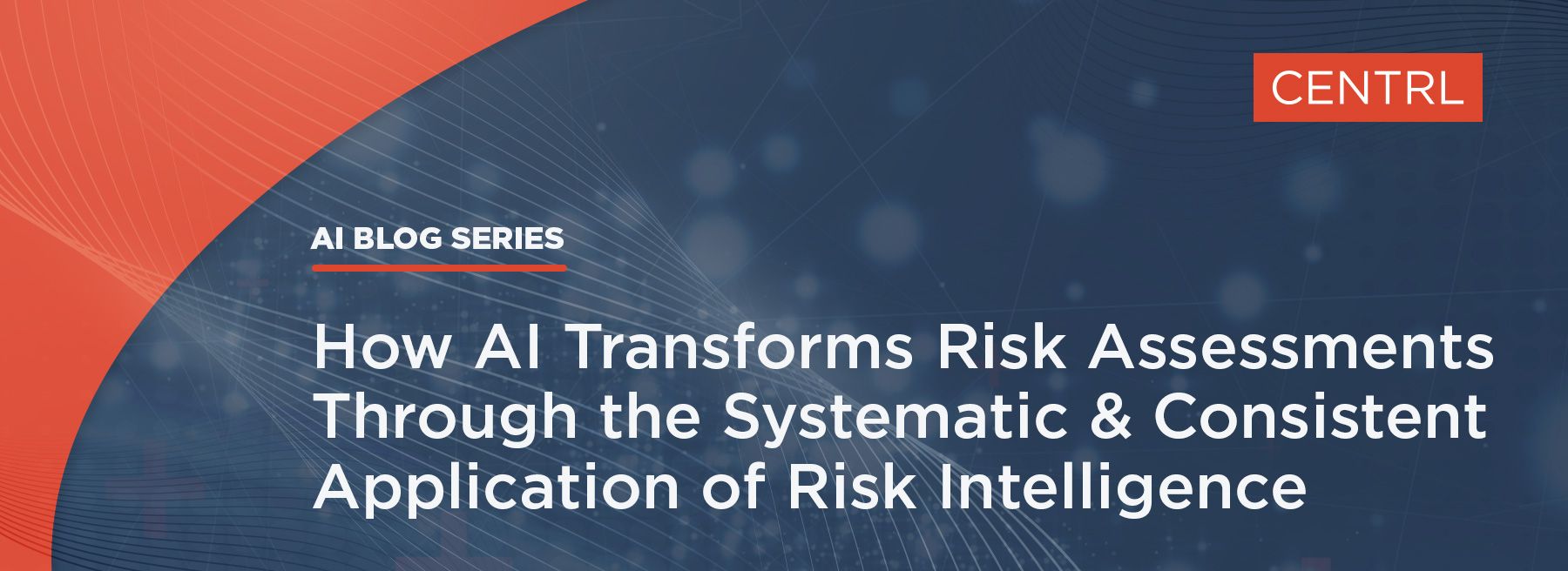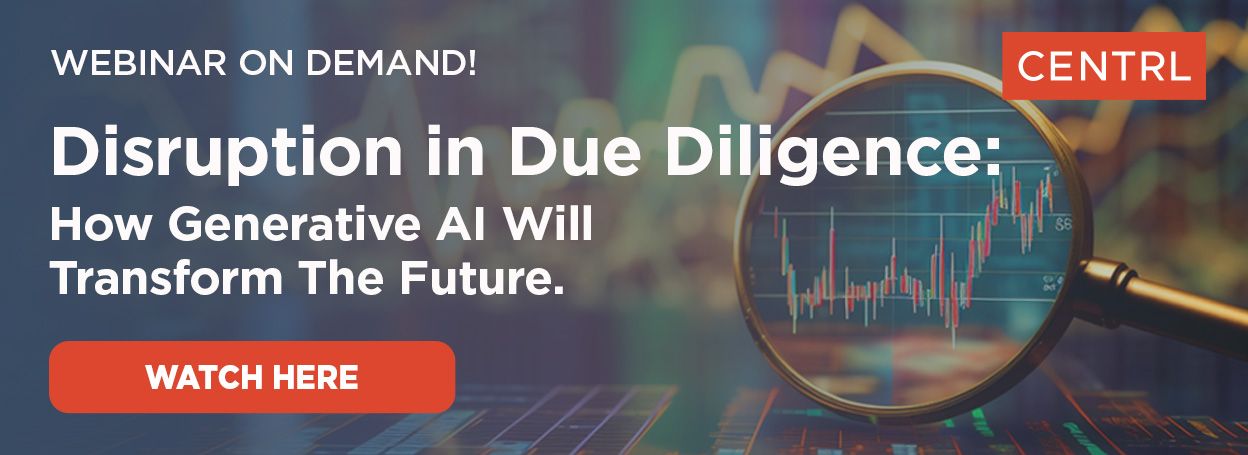3 Steps to Implementing AI in Your Due Diligence Process

MOUNTAIN VIEW, CA - January 18, 2024
Incorporating generative AI into due diligence is a strategic process that can significantly enhance the efficiency and effectiveness of risk assessment. To successfully leverage these advanced tools, diligence teams should consider a structured approach. Here are three key steps to integrate AI into your due diligence process:
1. Codify Your Risk Criteria
The foundation of effectively using AI in due diligence lies in the codification of your risk criteria. This involves systematically converting your risk frameworks and criteria into a format AI tools can understand and process. By codifying these elements, you provide the AI with a specific evaluation approach tailored to your organization’s needs.
In many organizations, risk assessment knowledge is often embedded in the experiences of individual team members, leading to inconsistency and scalability issues. Codifying your criteria not only addresses these challenges but also ensures a consistent application of your risk approach across all operations. This step is crucial for training your AI tools to align with your organization’s unique risk assessment protocols.
2. Train the Large Language Models (LLMs) with Your Proprietary Risk Models and Examples
The effectiveness of LLMs in due diligence is significantly enhanced when they are trained with domain-specific data. General-purpose AI models may provide satisfactory results for broad tasks, but they fall short in specialized domains like risk assessment. For this reason, it’s essential to train these models with your proprietary risk models and real-world examples.
By doing so, you tailor the AI’s capabilities to the specific nuances and complexities of your sector, enabling more accurate and relevant insights. Selecting AI due diligence software that allows for this level of customized training is critical. This step ensures that the AI can effectively interpret and analyze data in the context of your specific risk parameters.
3. Emphasize the Role of Humans in Continuous Training
While AI and LLMs offer remarkable capabilities, the role of human analysts in their ongoing training and refinement cannot be overstated. These AI models are most effective when they operate as co-pilots, learning and evolving through continuous feedback from human oversight.
Choosing platforms that support this dynamic interaction is vital. Continuous human input allows the AI models to adapt and improve over time, aligning more closely with the changing needs and complexities of your due diligence process. This collaborative approach ensures that the AI system learns from past experiences and stays updated with the latest trends and regulatory changes in the industry.
Interested in learning more? Getting started with CentrlGPT is simple. Schedule a demo, or learn more about what AI can do for your teams.
Stay tuned for our next Blog, Revolutionize Due Diligence with CENTRL, Our Latest Client Research Reveals Transformative Benefits of Generative AI.


